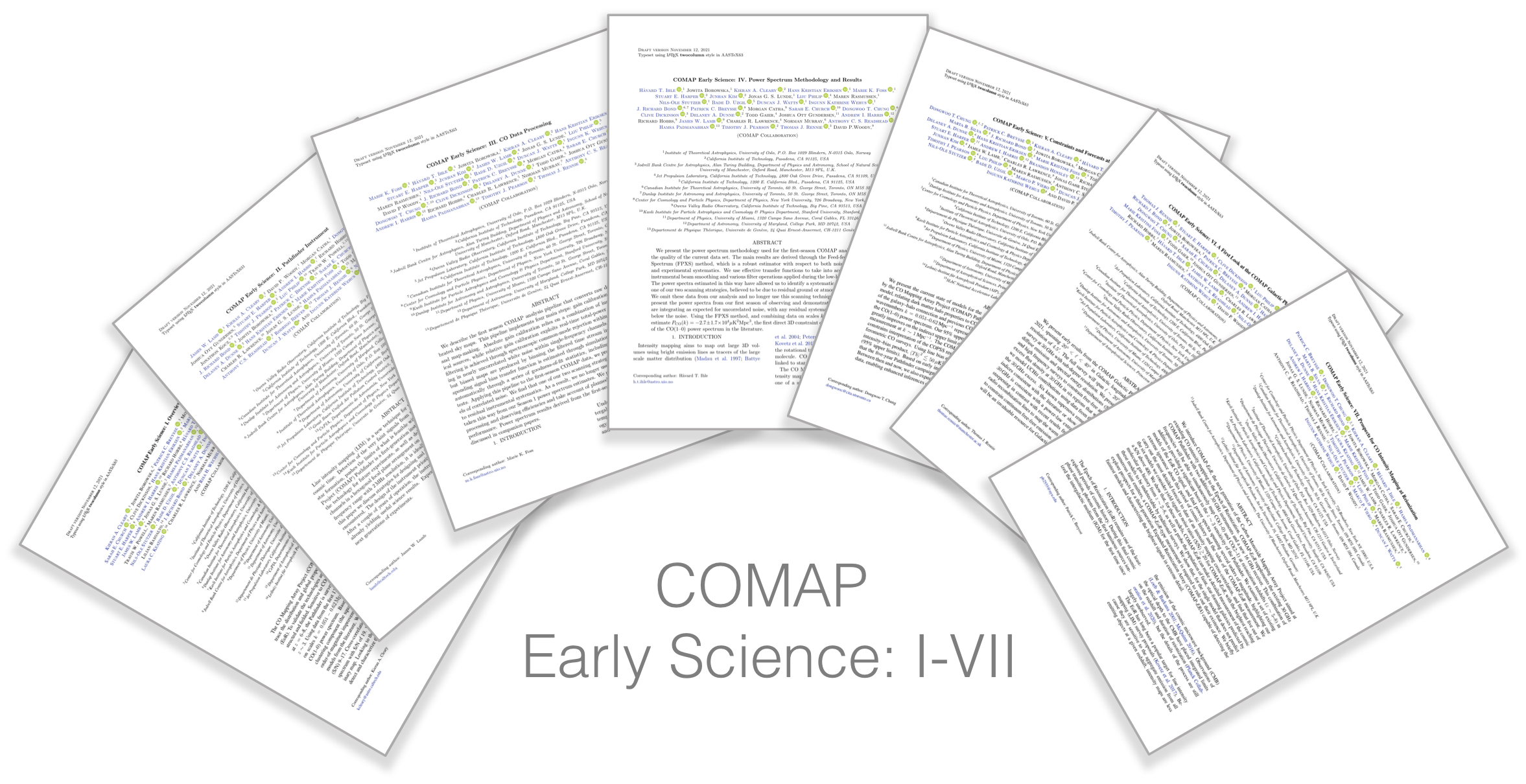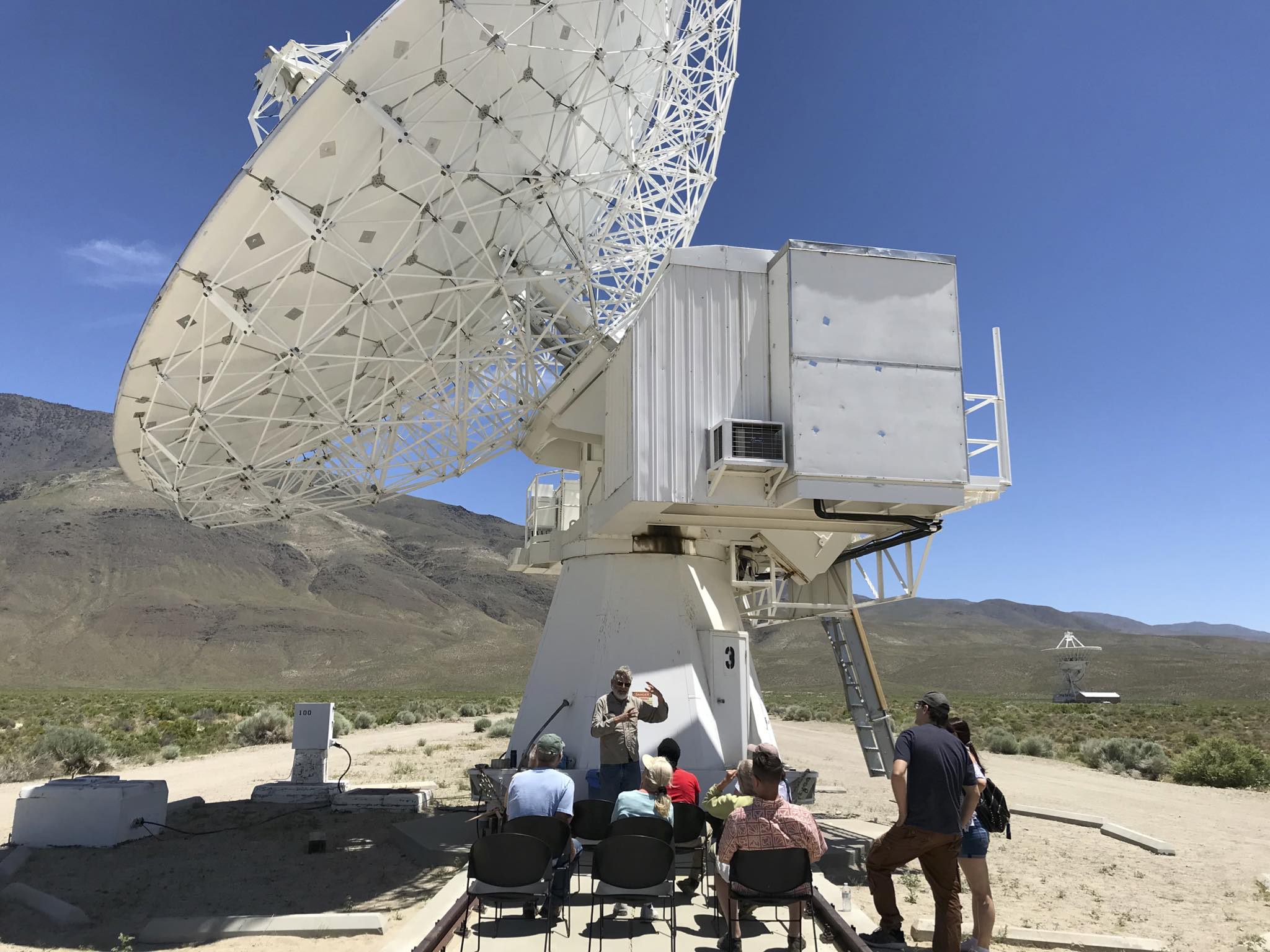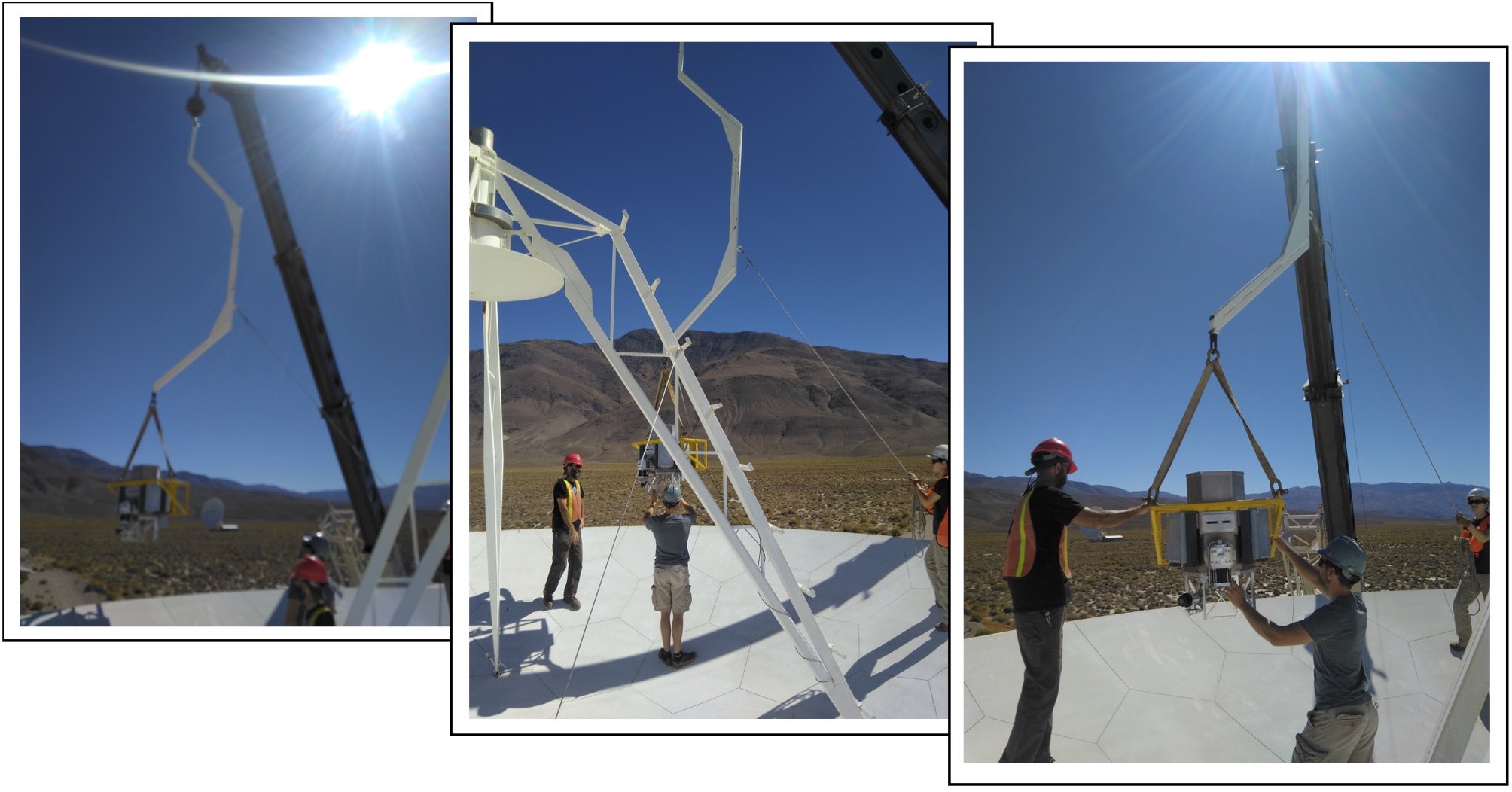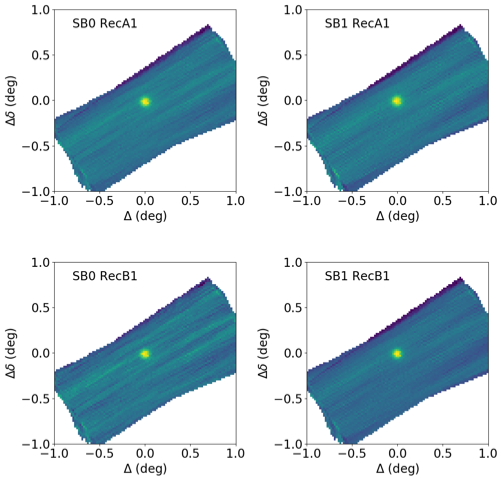COMAP - NEWS
November 2024: Season 2 results papers published!

Our three Season 2 papers have been published in Astronomy & Astrophysics!
- COMAP Pathfinder – Season 2 results I. Improved data selection and processing
- COMAP Pathfinder – Season 2 results II. Updated constraints on the CO(1–0) power spectrum
- COMAP Pathfinder – Season 2 results III. Implications for cosmic molecular gas content at z ~ 3
June 2024: Season 2 results released!
Improved data analysis and additional integration time have provided a factor of 8 times more data than was available for Early Science. We demonstrate control of systematic errors even after three years of integration. With this increased sensitivity we provide the strongest direct constraints on the cosmological 3D CO(1-0) power spectrum and the CO tracer bias published to date.
- Season 2 results I. Improved data selection and processing
- Season 2 results II. Updated constraints on the CO(1-0) power spectrum
- Season 2 results III. Implications for cosmic molecular gas content at "Cosmic Half-past Eleven
July 2022: Early Science papers published!

Our seven Early Science papers have been published in The Astrophysical Journal, where they are the subject of a special Focus Issue.
November 2021: Early Science papers released!
Seven Early Science papers have been released on arXiv, covering topics including:
- An overview of the Early Science results
- A description of the Pathfinder instrument
- The first-generation data analysis pipeline
- Power spectrum estimation from the first 13 months of observing
- Constraints on galaxy properties and forecasts for the 5-year dataset
- A first look at a continuum survey of the Galactic plane
- Prospects for future phases of the project targeting Reionization.
- Ways to account for line broadening in line intensity mapping forecasts
- The various voxel-level analyses possible when combining COMAP data with a Galaxy survey catalog
June 2019: Science observing has begun!

COMAP's Phase I observing campaign has begun. We are now taking science-quality data with the receiver. The full campaign is two years long, but an interim analysis will be performed on the first six months of data.
COMAP @ OVRO Open House 2019

About 250 people attended this year's Open House at the Owens Valley Radio Observatory. David Woody gave tour groups a talk at the COMAP antenna (see photo) while, in the control building, Kieran Cleary explained the aims of the experiment.
November 2018: Commissioning has begun with the full 19-pixel system!

The full 19-pixel receiver has been fielded and commissioning observations have begun. The full digital backend is in place and we can now process the full 8 GHz bandwidth from all 19 pixels. We are refining our scanning strategy and testing improvements to the receiver's polarizers.
August 2018: 7-pixel system installed!

We have increased the number of pixels to 7 and are taking test data. The figure shows test data taken one of COMAP’s main science fields, made using 16 hours of commissioning data in 8 GHz of bandwidth from 5 pixels. Units of the color scale are μK. The map is largely consistent with instrumental white noise, with a total rms sensitivity of ∼ 100 μK.
April 2018: First light with 2-pixel system!

We have deployed the receiver with two feeds operational and have obtained the first-light maps of Jupiter shown above.